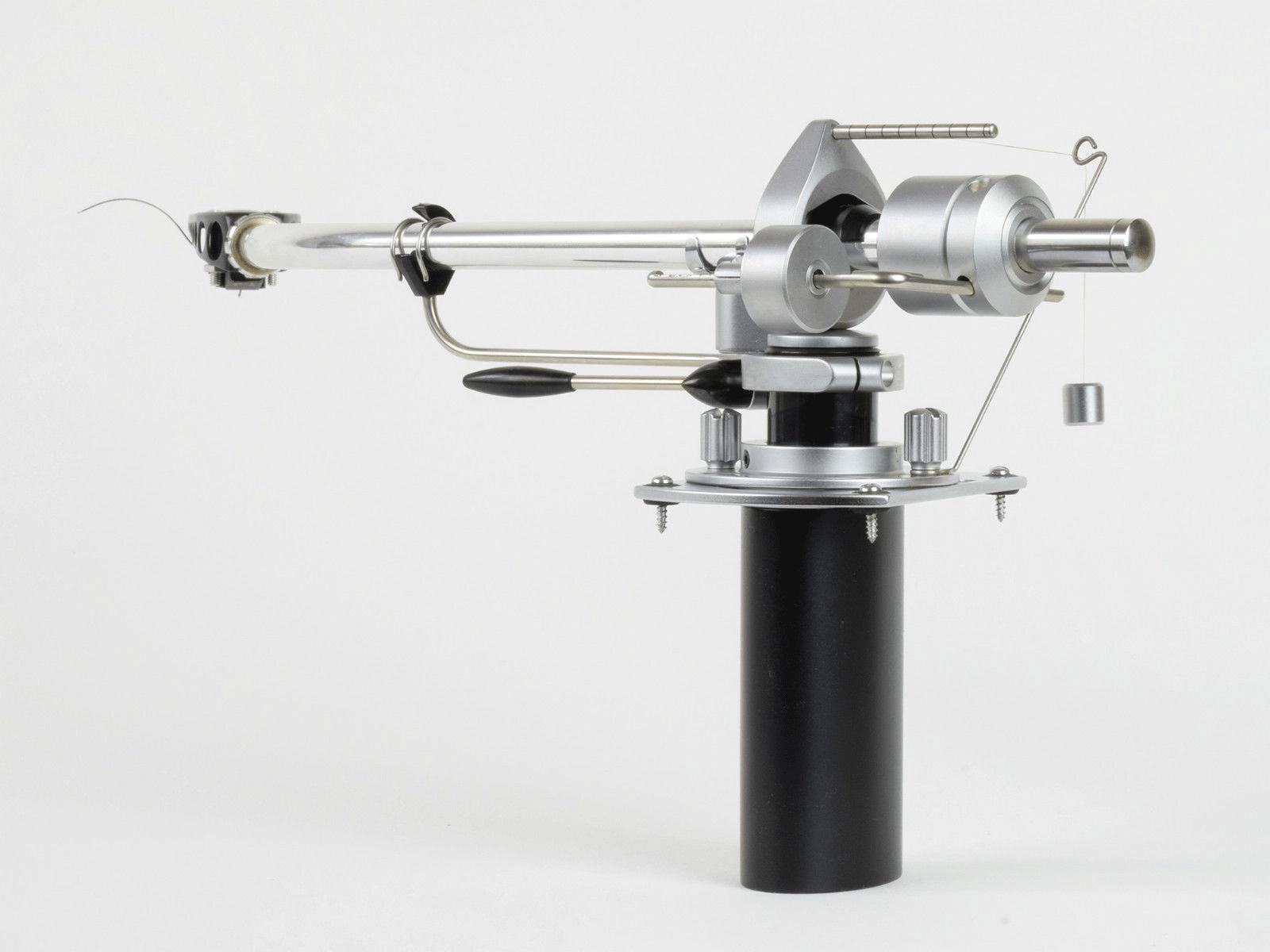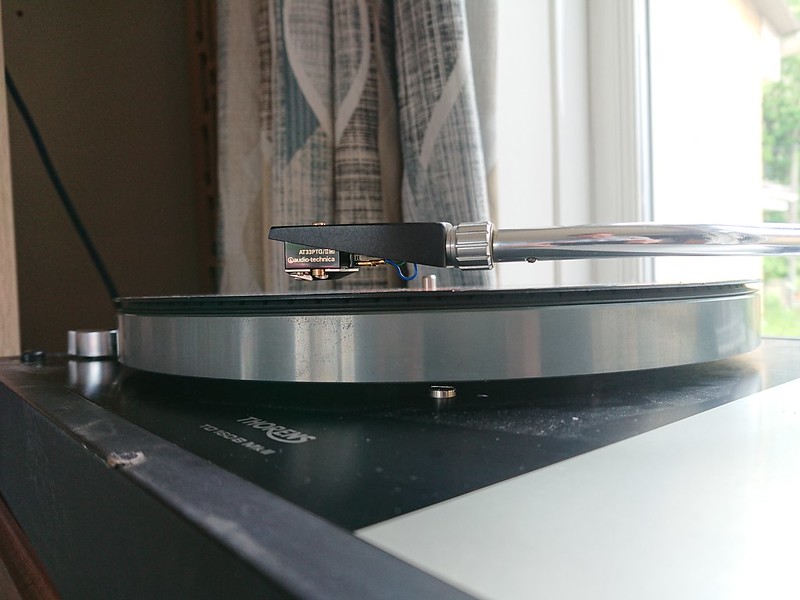Hoopsontoast
pfm Member
Ive just bought a new SME arm board for the TD160 Mk2
https://soundsupports.co.uk/product/td160-sme-armboard/
Fitted it no problem, fitted the SME 3009 S2 (Non Improved) and it won't go low enough to allow the cartridge to sit on the record.
One thing I noticed, is the collar that holds the arm rest and 'ram' seems to be higher.

Compared to mine, I've loosened the allen screw on that collar (even taken it out) and the collar will rotate but certainly not move up or down at all along the Pillar.

Sme by Robert Seymour, on Flickr
And on the deck

Sme by Robert Seymour, on Flickr

Sme by Robert Seymour, on Flickr
Am I missing something?
https://soundsupports.co.uk/product/td160-sme-armboard/
Fitted it no problem, fitted the SME 3009 S2 (Non Improved) and it won't go low enough to allow the cartridge to sit on the record.
One thing I noticed, is the collar that holds the arm rest and 'ram' seems to be higher.

Compared to mine, I've loosened the allen screw on that collar (even taken it out) and the collar will rotate but certainly not move up or down at all along the Pillar.

Sme by Robert Seymour, on Flickr
And on the deck

Sme by Robert Seymour, on Flickr

Sme by Robert Seymour, on Flickr
Am I missing something?




